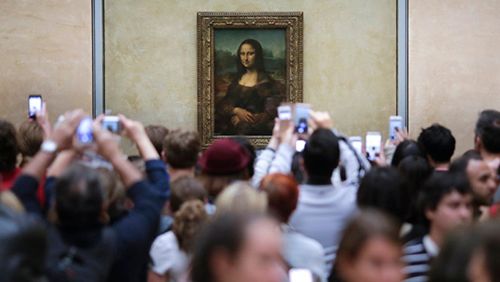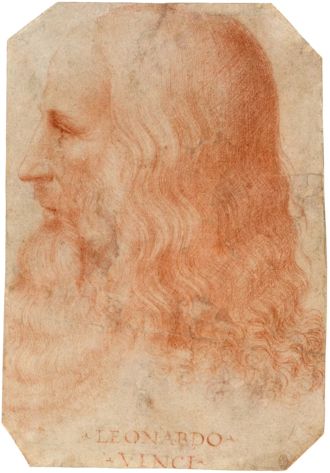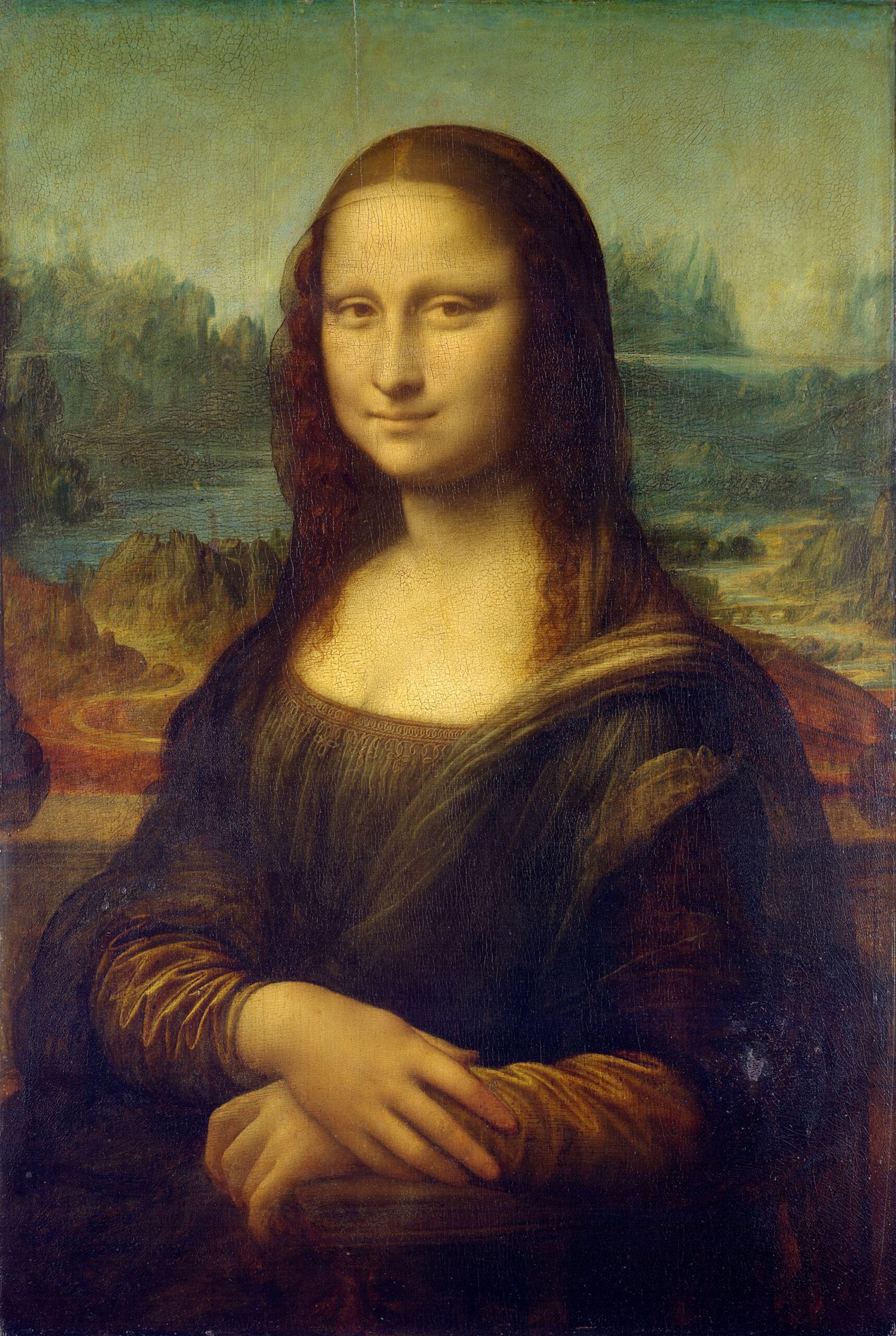Magical Realism and that Mona Lisa Smile
Yesterday you must have been enthralled by the Magical Realism displayed in the works by Robert (Rob) Gonsalves (1959 – 2017). I certainly was.
Whilst Magical Realism is a relatively new style of creating images the kind of thinking involved has grown from those artists throughout history who have had the remarkable talent to see the world differently and to be able to create a touch of magic in their paintings. And I might add- understand the close relationship between art and mathematics.
One such artist was Leonardo da Vinci, arguably the most intelligent human that has ever lived. 1
Leonardo da Vinci (1452-1519) was an Italian polymath of the High Renaissance who was active as a painter, draughtsman, engineer, scientist, theorist, sculptor and architect. While his fame initially rested on his achievements as a painter, he also became known for his notebooks, in which he made drawings and notes on a variety of subjects, including anatomy, astronomy, botany, cartography, painting, and paleontology. Leonardo's genius epitomized the Renaissance humanist ideal, and his collective works compose a contribution to later generations of artists matched only by that of his younger contemporary, Michelangelo. 2
The genius of Leonardo da Vinci can be seen in his vast array of art works, drawings, notes, inventions etc but to many the delicate sign of Leonardo's magical gift is found in a very small painting.
Unfortunately, for most of us who have seen Mona Lisa this is the view we had when we visited the Louvre Museum, Pairs.

And for many the size of the painting is a shock and a disappointment as it is only 77cm x 53cm. Even though canvases were available to Leonardo the painting is on a plank of poplar tree which was an appropriate material for a small work of art back in the 1500s.
How many of you imagined this famous portrait to be huge - after all it is the most famous portrait of all time - only to be so disappointed when you finally tried to see it in the Louvre with the thousands of other tourists?
If Leonardo da Vinci (below) was so talented why didn't he make this remarkable portrait larger to show off his skill as a portrait painter? And he was deliberately showing off a bit as you will learn in a moment!

The Mona Lisa portrait is not small for the period in which is was painted - in the early 1500s. Back then, having your portrait painted (if you were lucky enough to be wealthy) was akin to sending a selfie to a friend or family member today. A portrait was like a photographic record except cameras hadn't been invented!! In fact the popularisation of portraiture in the Renaissance period is considered by some to be the beginning of selfies.
But why were the Renaissance period portraits often so small? As time rolled on portraits became larger and larger and nowadays in exhibitions such as Australia's Archibald Prize for Portraiture most portrait paintings are extremely large.
Small portraits are typical of the Renaissance period because they had a pragmatic function in that they were meant to be interacted with. They needed to be small enough to be taken off the wall, held and passed around. The wealthy liked showing off the latest portrait of a family member. And as they were often given as gifts they also needed to be portable. 3
Jill Pederson (Associate Professor of Art History at Arcadia University, Glenside, Pennsylvania) in The Story Behind the Mona Lisa explains that Leonardo da Vinci approached portrait painting in a very different way to most of his contemporaries.
Portraits of women at this time were depicted in profile and very stiff and rigid. But Leonardo turns Mona Lisa front on and it's almost as if the viewer is having a conversation with her which makes her intriguing and enticing - approachable and more lifelike.3
Pederson goes on to point out that as Leonardo was a master of atmospheric effects his use of light, particularly in the background of the portrait, is not only unusual, but extraordinary. The detailed landscape and soft light is very different from what you would see in other portraits of the time.

Any person having a portrait painted (nowadays or five hundred years ago) expects their portrait to be flattering and show their inner beauty. As Aristotle stated, The aim of Art is to present not the outward appearance of things, but their inner significance; for this, not the external manner and detail, constitutes true reality.5
I am sure Lisa del Giocondo (née Gherardini), the subject of the Mona Lisa, was delighted with Leonardo's representation of her inner beauty. There is definitely a magic about this portrait which was commissioned by Lisa's husband
Francesco del Giocondo.
Jill Pederson is convinced Leonardo knew what he was doing when he decided to paint Mona Lisa front on and wove his artistic magic over her smile and her enigmatic eyes - a technique never seen before in a portrait. Leonardo set out to capture something of her identity setting him apart from other portrait painters of the time - he wanted to capture what he called the motions of the mind, the "inner workings of one's mind". It was intentional. Other painters only wanted a physical likeness of their subject. 3
Research in 2003 by Professor Margaret Livingstone of Harvard University said that Mona Lisa's smile disappears when observed with direct vision, known as foveal. Because of the way the human eye processes visual information, it is less suited to pick up shadows directly; however, peripheral vision can pick up shadows well. 2
To learn more about the Mona Lisa smile follow this link to The Science Behind Mona Lisa's Smile.
The Mona Lisa's enigmatic expression, which seems both alluring and aloof, has given the portrait universal fame. But the portrait's fame was sealed when in the summer of 1911 it was stolen and consequently captured the attention of the public. When it was finally returned to the Louvre two years later, practically the whole world was cheering.
Over the next little while Andrew and I are going to take you on a journey through the world of Art Crimes starting with the Artnapping of the Mona Lisa and moving onto other sensational art capers.
Credits
1. adamsmith.org/blog/leonardo-da-vinci-polymath
2. en.wikipedia.org
3. Jill Pederson, The Story Behind the Mona Lisa, ABC Over Nights with Trevor Chappell 25 Aug 2021
4. crimemuseum.org
5. smh.com.au

